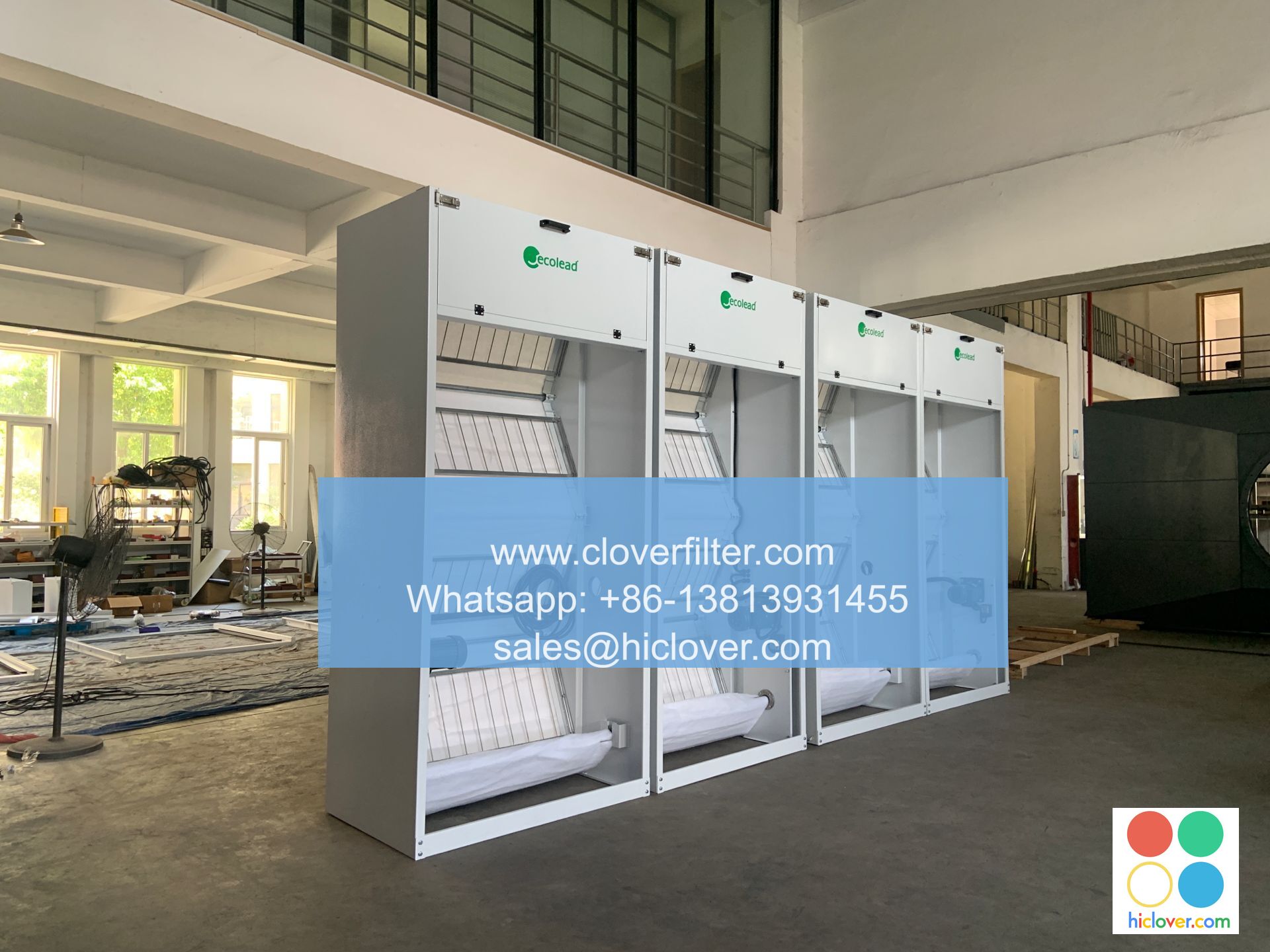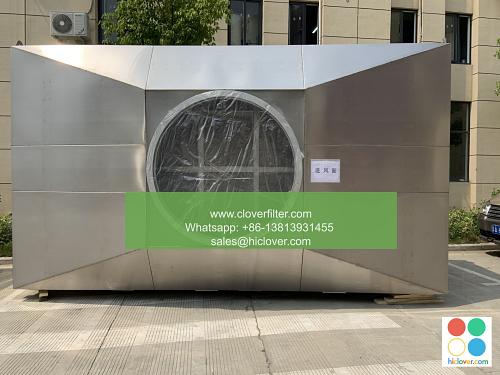The Science Behind Oval Air Filters: What You Need to Know

Oval air filters have become a crucial component in various industries, including automotive, industrial, and aerospace engineering. These filters are designed to provide efficient air filtration and purification, ensuring the quality of air in different applications. In this article, we will delve into the science behind oval air filters, exploring their design principles, materials, and application areas.
Design Principles: Understanding the Science of Oval Air Filters
Oval air filters operate on the principle of aerodynamics and fluid dynamics. The unique oval shape of these filters allows for a larger surface area, enabling them to capture more airborne particles and contaminants. The filter media used in oval air filters is typically made of fibrous materials, such as paper, foam, or non-woven fabrics. These materials are designed to trap particulate matter, including dust, pollen, and other airborne pollutants.
Materials and Construction: Key Factors in Oval Air Filter Performance
The materials used in the construction of oval air filters play a crucial role in their performance. Filter media with high efficiency ratings, such as HEPA (High Efficiency Particulate Air) or ULPA (Ultra Low Penetration Air) filters, are designed to capture 99.97% or more of particulate matter as small as 0.3 microns. The frame and housing of the filter are typically made of plastic, metal, or composite materials, which provide structural integrity and support for the filter media.
Application Areas: Where Oval Air Filters are Used
Oval air filters have a wide range of applications in various industries, including:
* Automotive industry: Oval air filters are used in vehicles to provide clean air to the engine and cabin.
* Industrial applications: Oval air filters are used in industrial processes, such as manufacturing, pharmaceuticals, and food processing, to provide clean air and prevent contamination.
* Aerospace engineering: Oval air filters are used in aircraft and spacecraft to provide clean air to the crew and passengers.
* Healthcare industry: Oval air filters are used in hospitals and medical facilities to provide clean air and prevent the spread of infections.
Benefits and Advantages: Why Oval Air Filters are Preferred
Oval air filters offer several benefits and advantages, including:
* High efficiency: Oval air filters can capture 99.97% or more of particulate matter as small as 0.3 microns.
* Low maintenance: Oval air filters are designed to be easily replaceable and maintainable.
* Cost-effective: Oval air filters are a cost-effective solution for providing clean air in various applications.
* Compact design: Oval air filters have a compact design that makes them ideal for use in confined spaces.
In conclusion, oval air filters are a crucial component in various industries, providing efficient air filtration and purification. Understanding the science behind oval air filters, including their design principles, materials, and application areas, is essential for selecting the right filter for a specific application. By considering the benefits and advantages of oval air filters, individuals can make informed decisions about their use in various industries. Prompt

